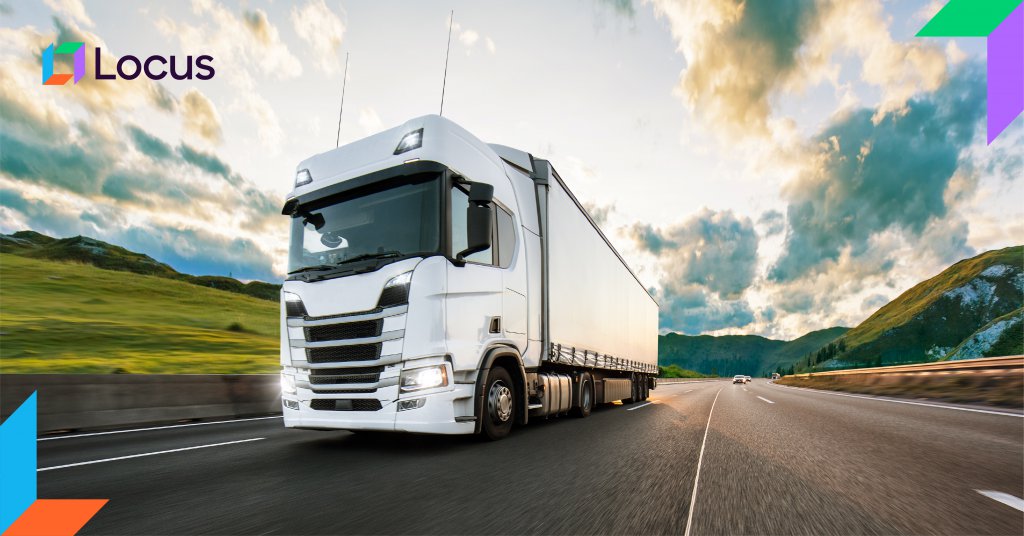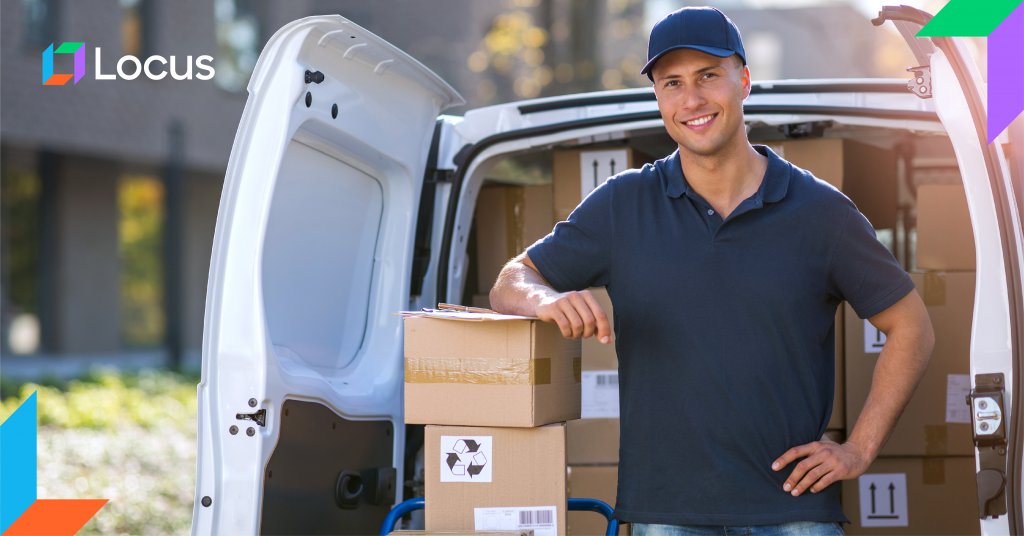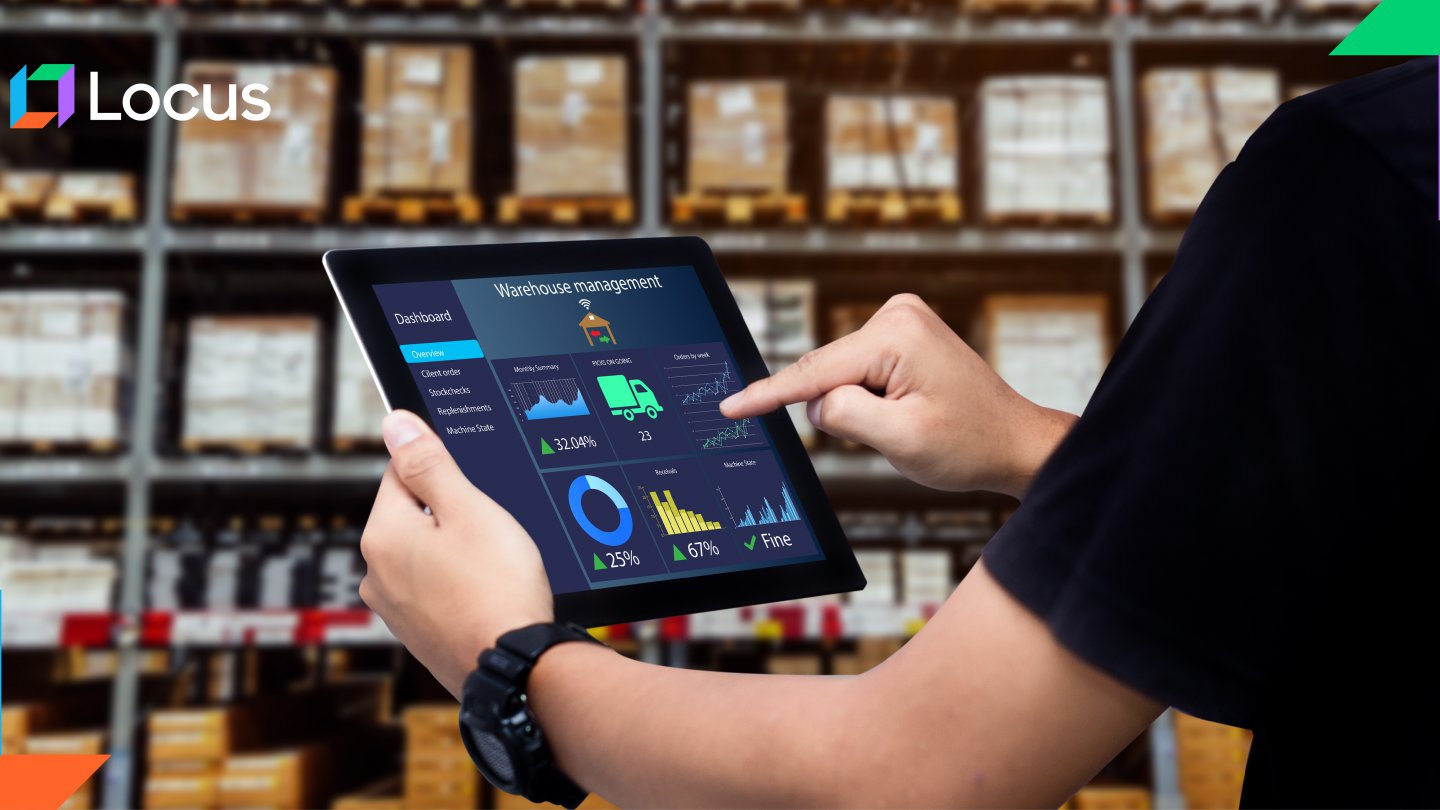In the time of the brick-and-mortar store, when a customer wanted to make a purchase, it was up to them to head to a store and get the items they wanted. It was also a time when four to six weeks for the delivery of an online order was the accepted benchmark, even if the item was a book or a shirt.
This all changed when e-commerce took root and grew to the strong performance it now enjoys around the world, eclipsing in-person retail. An indicator of this is how the average number of parcels per household in the US has increased to 165 in 2020 from 109 in 2018, and how 50% of the online sales growth of groceries in the US in 2020 came from people who had not previously shopped online for groceries in the months before.

The growth of e-commerce also brought about a paradigm shift, one where the customer is no longer separate from the supply chain for businesses but is instead the core of the supply chain. In the words of Walter Heil, senior vice-president of business, Americas of Locus, “the toughest service level agreement (SLA) is the one you have with the customer.” The paradigm shift is such that the only distinguishing factor between similar brands has become the customer experience.
The customer experience
The speed of delivery has become part of the customer experience. Amazon, for example, changed the game so much that free delivery within two days of an order has become the norm for many items, with next-day or even same-day delivery becoming more common. At the same time, according to a Metapack survey, 62% of shoppers have free delivery as a top consideration for purchases, while 49% of those polled expect to not have to pay for standard delivery any longer.
Speed as a factor has also been noted as one of the most significant factors in the customer experience, with another Metapack survey showing that 50% of respondents ranked fast delivery as their top or second most important priority. Consumers are willing to pay for same-day delivery, and being able to fulfill that has brought strong positive impacts on retail KPIs. As it stands, over 50% of Target’s digital growth was driven by same-day fulfillment options.
Analysts at KPMG have predicted that, by 2025, customer experience will overtake price and product as the number one brand differentiator, with 90% of organizations expecting to be competing primarily through providing a better customer experience.
A study conducted by Adelante SCM, a supply chain research community, and Locus, a last-mile management platform, confirmed this trend and highlighted that delivery is tightly linked to customer experience. A home delivery transaction would see a brand’s only in-person contact with the customer coming from those in last-mile delivery, who would also be responsible for a customer’s experience with the brand.
Last-mile issues
However, last-mile delivery has hit speed bumps. Amidst the trucker woes faced by the United States, which have affected long-haul services, last-mile-delivery has also been impacted. With fewer truck drivers to go around, last-mile delivery service providers are faced with fewer drivers to make deliveries, especially those service providers that took the approach of doing direct deliveries to households from a central distribution center.

Not only has that approach led to higher emissions, affecting the environmental sustainability of the organization, vehicles are more likely to be caught in congestion as the delivery rounds are being made, which results in slower or even late deliveries.
However, by delivering to local fulfillment centers, deliveries to customers can then be made via smaller, lower emission vehicles such as electric bikes or pedal cycles, with only larger items needing vehicles. By portioning some of the deliveries to smaller vehicles, the effects from congestion are reduced, and deliveries can also be made at off-peak hours.
The option to shift to a larger fleet of smaller vehicles for deliveries usually leads a company to engage a third-party logistics (3PL) provider, to provide localized warehousing and last-mile delivery to customers. Unfortunately, one of the major issues faced by engaging 3PL providers is a disconnect between the client brand, the 3PL provider, and the customer.
As the customer looks to the brand for real-time updates on delivery status, the brand has to check with the 3PL provider, which results in longer response times and information that may not be the latest, negatively affecting the customer experience.
The Locus solution
As a future-ready platform that automates supply chain decisions, Locus is a Gartner-recognized end-to-end service provider for last-mile solutions with a global presence that is known for a customer-centric approach.
Through its Dispatch Management Platform, brands can drive efficiency across all last-mile fulfillment channels, covering planning, routing, dispatch, and tracking captive fleets as well as parcels shipped with global carriers, all on a single platform. Organizations can even offer time slots for delivery of goods to customers, improving on the customer experience.
Being able to control all those aspects is especially important for e-commerce, e-grocery, and retail brands. These industries are especially dependent on timely deliveries at the convenience of the customer while providing them with real-time updates on the brand’s tracking pages for maximum visibility. This maintains and improves brand image.
Home service providers, manufacturing, and consumer packaged goods (CPG) providers can also benefit from the perks provided by Locus’ proprietary platform, by virtue of being able to connect directly to clients for delivery speeds and time slots, while future-proofing their own systems to meet any changes or situations that are part and parcel of real-world assignment and dispatch operations.
Using process automation driven by AI and machine learning, brands can implement scale-optimized distribution models with little to no human intervention. This means improved SLA adherence with the customer, better utilization of resources, and better unit economics.
To start optimizing your last-mile delivery logistics, visit Locus here.









